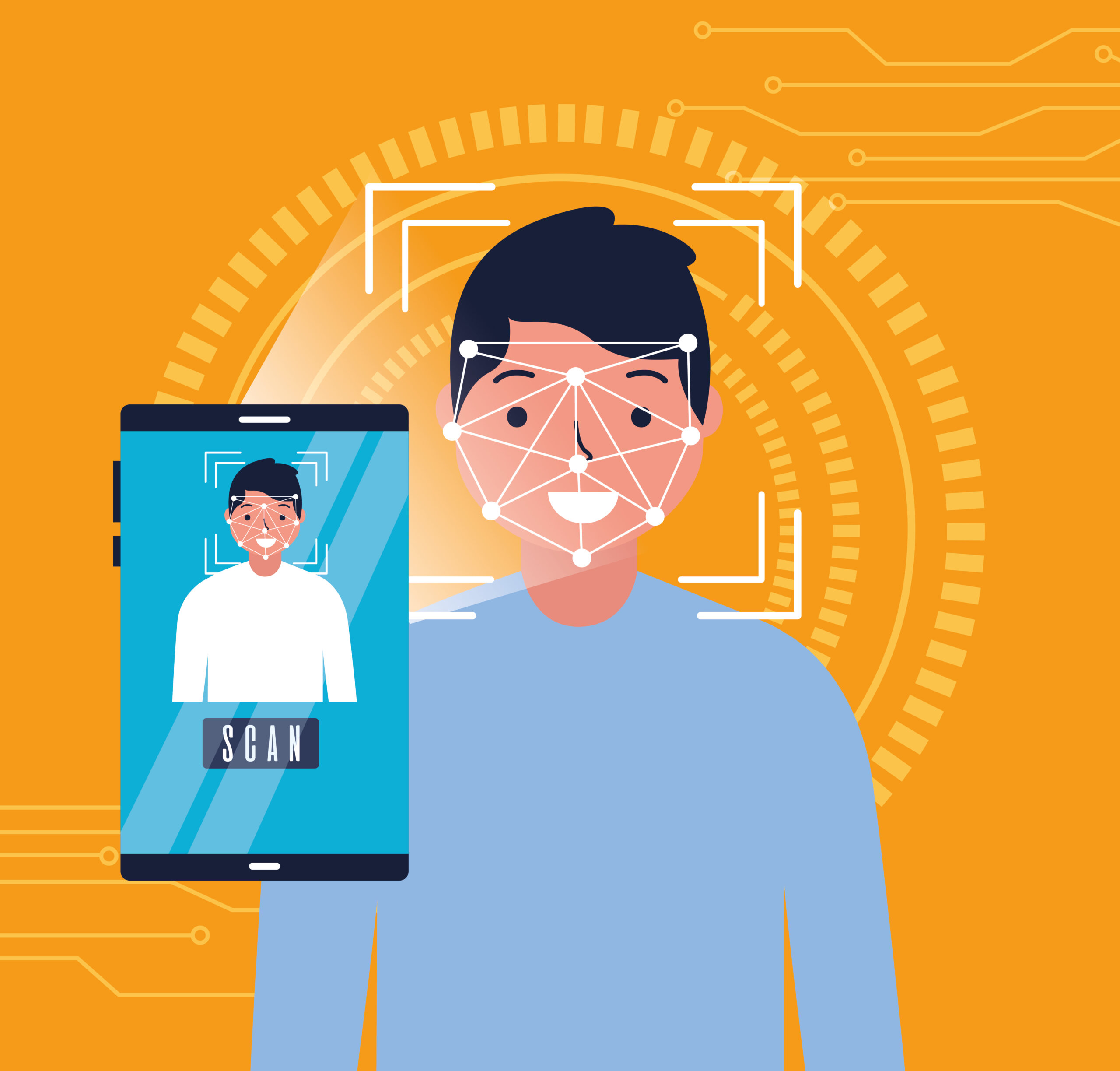
Introduction
Enterprise customer support has always walked a tightrope between efficiency and empathy. In recent years, AI chatbot development services have helped automate thousands of queries — but something was still missing: the human touch. That’s now changing with the rise of AI in emotion recognition, a powerful capability that enables chatbots to sense and respond to user emotions in real-time.
In 2025, forward-thinking companies are no longer asking “Can chatbots replace human agents?” but “How can they become more emotionally intelligent?” This blog explores how emotion-aware AI chatbots are revolutionizing enterprise support and what decision-makers need to consider when implementing them.
The Rise of Emotion Recognition in AI Chatbots
Most enterprise-grade chatbots today are excellent at understanding intent — but fall short when it comes to emotional tone. That’s where emotion recognition comes in. By layering emotional intelligence on top of standard NLP, businesses unlock:
-
Smarter routing: Escalate based on emotional triggers, not just keywords.
-
Personalized responses: Tailor messaging style to the user’s emotional state.
-
Better sentiment analytics: Track user satisfaction in real time.
When embedded into modern AI chatbot development services, these emotional insights become actionable and scalable across millions of interactions.
How AI in Emotion Recognition Works in Chatbots
AI emotion recognition analyzes user input (text, voice, video) to detect emotional cues using various models and tools:
1. Text-Based Emotion Detection
-
Sentiment classification: Detects positive, neutral, or negative emotions.
-
Tone analysis: Understands if a message is sarcastic, frustrated, excited, or angry.
-
Intensity scoring: Measures emotional depth (e.g., mild annoyance vs. severe frustration).
2. Speech Emotion Recognition
-
Voice analytics analyze pitch, pace, and pauses.
-
Ideal for call centers using voicebots or conversational IVR systems.
3. Multimodal Integration
For advanced support channels (e.g., video kiosks, telehealth portals), facial expressions and micro-gestures are detected in real time using computer vision APIs.
Real-Time Use Cases Across Enterprise Support
1. Complaint Resolution
A user types: “I’ve contacted you 3 times. This is ridiculous.”
Without emotion recognition:
-
Bot responds with: “We’re sorry to hear that. How can I assist you?”
With emotion-aware bot:
-
Bot detects anger, prioritizes the case, adapts tone, and offers to escalate immediately.
2. Technical Support
A user says over voice: “This update just ruined everything.”
-
Bot recognizes the frustration in tone.
-
Offers a fix or schedules a call with a technical expert within minutes.
3. Onboarding or Setup Journeys
When a user expresses confusion: “I’m not sure what to do next…”
-
Emotion-aware bots respond with step-by-step guidance.
-
They reduce abandonment during high-friction experiences.
Why Enterprises Are Investing in Emotionally Intelligent Chatbots
For CTOs and product leaders, adding emotional intelligence to chatbots leads to quantifiable benefits:
-
Lower churn: Addressing frustration early keeps users from leaving.
-
Improved CSAT/NPS: Bots feel “human,” enhancing the brand experience.
-
Efficient resource allocation: Escalate only when needed, saving agent bandwidth.
-
Better user insights: Understand sentiment trends, not just resolution rates.
These factors directly impact enterprise-level KPIs, from retention to conversion.
Choosing the Right Partner for Emotion-Aware Chatbots
When selecting AI chatbot development services for emotion recognition integration, decision-makers should evaluate:
-
Domain expertise: Does the team understand your industry tone, compliance needs, and escalation flow?
-
NLP stack flexibility: Can they integrate with Google NLP, Azure Cognitive Services, or third-party APIs like Affectiva?
-
Real-time processing capabilities: For live support, latency under 200ms is critical.
-
Ethical AI practices: The partner should handle emotion data with encryption, anonymization, and user consent protocols.
Tech Stack: Recommended Tools for Emotion Recognition Chatbots
| Component | Tools/Platforms |
|---|---|
| Sentiment Analysis | IBM Watson, Google Natural Language, Azure Text Analytics |
| Voice Emotion APIs | Beyond Verbal, Vokaturi, Affectiva |
| Multimodal Emotion Detection | RealEyes, Microsoft Emotion API |
| Chatbot Frameworks | Rasa, Dialogflow, Microsoft Bot Framework |
These components are often combined through orchestration layers or deployed via Kubernetes clusters in enterprise environments.
Common Pitfalls to Avoid
1. Misinterpreting Sarcasm or Complex Sentiment
A message like “Great job, team…” could be sarcastic or genuine. Always include fallbacks and clarity loops in the conversation flow.
2. Over-Automation
Don’t replace empathy-heavy conversations (like billing disputes or cancellations) with fully automated bots. Use emotion signals to trigger human assistance.
3. Incomplete Training Data
Train emotion models on industry-specific conversations. Finance tone differs from healthcare or eCommerce.
The Future of Emotion-Aware Chatbots
Emotion recognition is evolving with:
-
Real-time emotional trend dashboards
-
AI-driven empathy scripting
-
Voicebots that adapt tone dynamically
-
GPT-based chat flows that blend large language models with live emotional feedback
As generative AI becomes mainstream, emotion-aware interfaces will redefine how enterprises approach both internal and external communication.
Conclusion
Emotion recognition is the natural evolution of enterprise AI. By embedding AI in emotion recognition into modern AI chatbot development services, businesses are moving closer to truly human-like automation — one that listens, adapts, and connects.
Enterprises that implement emotionally intelligent bots now will not only improve user experience, but also future-proof their digital communication stack for the next era of AI.